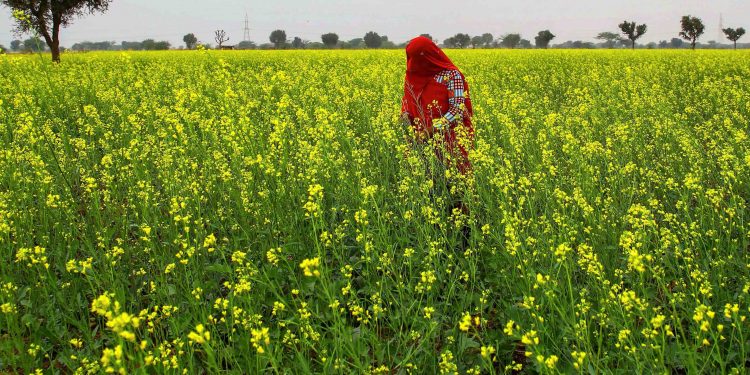New Delhi: Researchers at Indian Institute of Technology (IIT), Kharagpur have transformed Odisha’s steel plants’ dumpsites into greenbelts. The IIT researchers have used traditional Indian organic components and Japanese afforestation techniques to achieve this change. The IIT researchers has said that a drive through Dhenkanal region will give one the chance to witness the vast stretches of green canopy and vegetation developed by them. These have been developed on what were once industrial dumpsites.
The researchers afforested over 32,000 square feet in the region following a rapid forest regeneration technique. They used a unique mix of the traditional resource of ‘Panchagavya’ with the ‘Miyawaki’ plantation technique of ecologist Akira Miyawaki from Japan.
The dumping of blast furnace slag by steel plants has been a perennial challenge in India. It is also a problem even in some of the developed countries in the world, said IIT Kharagpur professor Khanindra Pathak.
“These steel slag dumps contribute to the generation of airborne particles causing air pollution and also to groundwater and surface-water contamination through different pathways. The slag-covered land is unsuitable for vegetation growth and associated problems lead to the ruination of vegetation and health hazards for both humans and animals,” informed Pathak.
“Researchers at IIT Kharagpur have devised a bioremediation method to reduce the concentration of these polluting slags to an innocuous state. They have turned this slag suitable for plant growth by mixing it with topsoil, cow dung and other organic enhancers. Plants carefully chosen for the Miyawaki technique and 22 native species were grown on the mix with a 30-cm layer of topsoil over it after administering them with Panchagavya,” he added.
According to the team, periodic administration of Panchagavya checked the problem of nutrient scarcity while mulching helped retention of water and nutrients.
“In a span of one year, we witnessed the growth of a self-sustaining mini-forest, dominated by plants belonging to the Fabaceae and Sesbania grandiflora family. The plants with long root systems could utilise the steel slag with their roots penetrating up to a depth of 2 m from the ground surface, thus reducing the effects of groundwater contamination and surface runoff of water in the monsoons,” informed Pathak.
The process turned an unsupportive steel slag dump to a self-sustaining primary succession over it.
“Vetiver grass was used as a boundary for the plantation to check migration of nutrients. This grass, if grown over the slopes of the slag dumps, will further check the fugitive emissions and thereby reducing air pollution and erosion of slag onto adjacent habitations,” he added.
Pathak said that the process can be replicated for municipality waste dumps as well.
“Development of a vetiver grass field could be beneficial for urban wastewater management as well as municipality solid waste dump sites. We had also demonstrated hydroponic vetiver for the containment of oil in refinery wastewater through an IIT Kharagpur and IOCL collaborative project at the Bongaigaon refinery,” the professor informed.






































